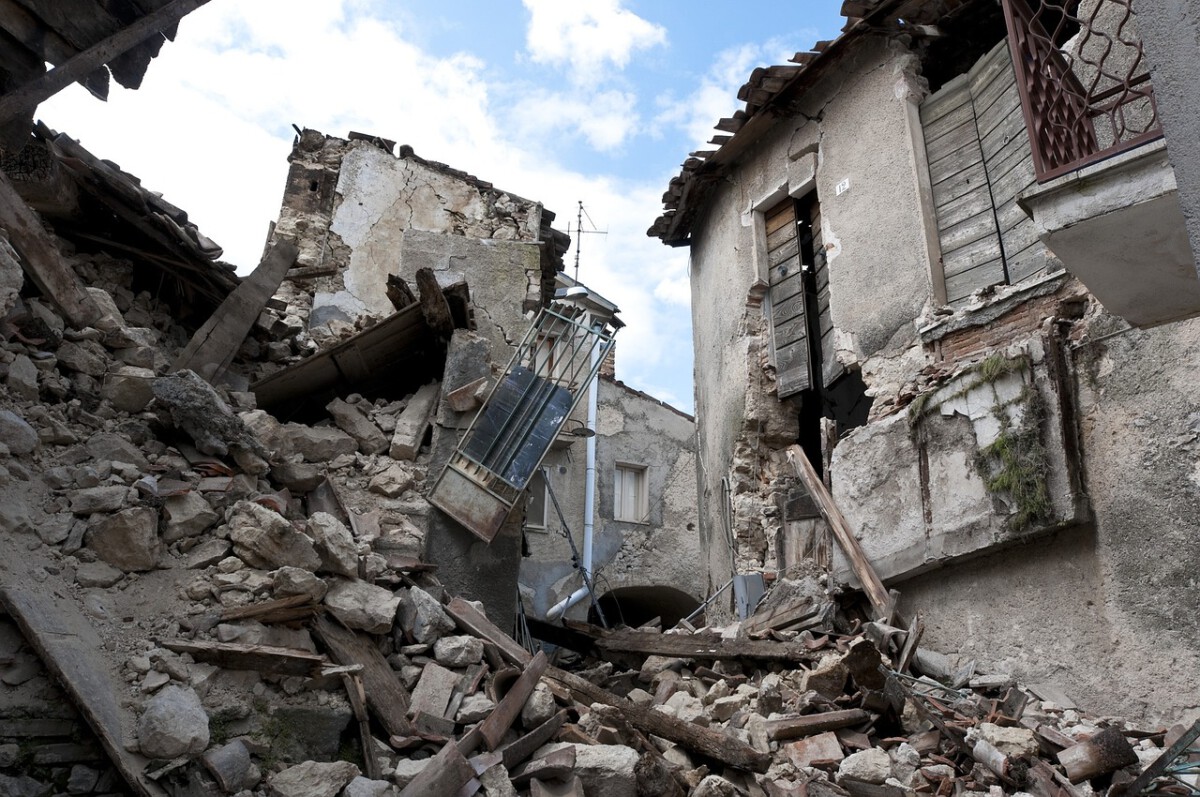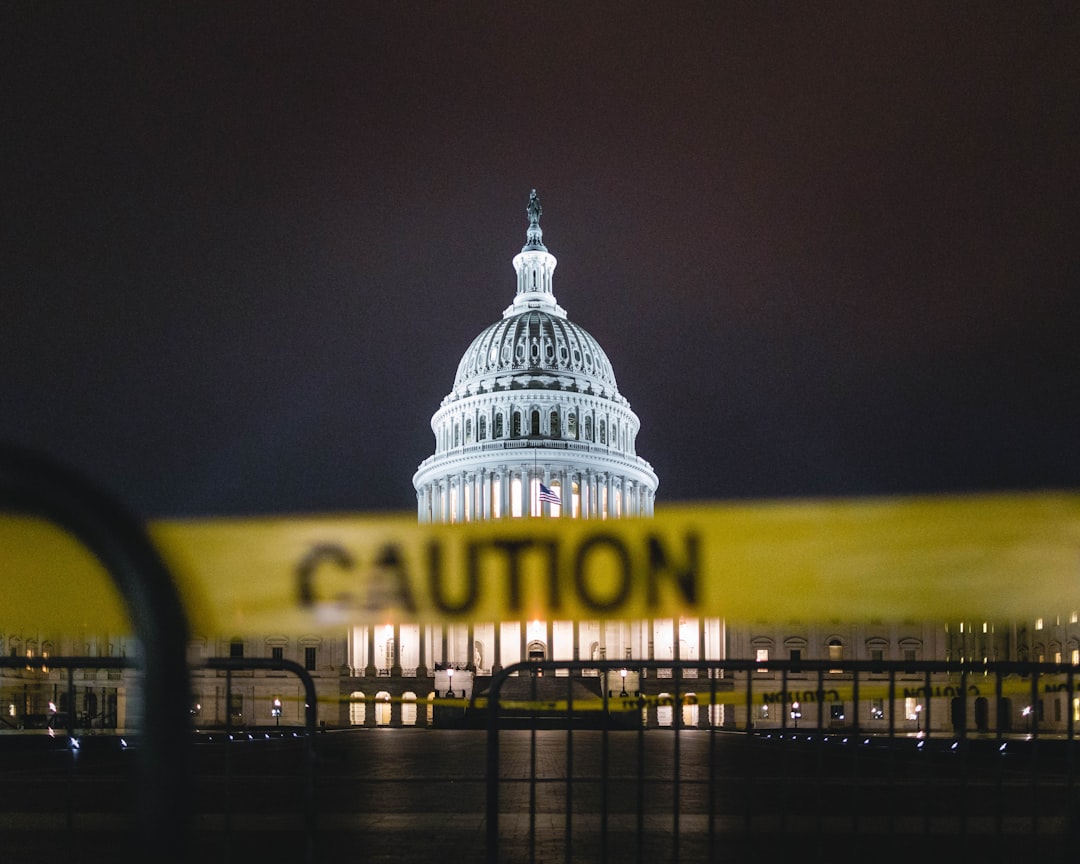Venezuela: A Nation in Crisis and Retreat

Imagine planning a tropical getaway only to find the gates slowly closing before your eyes. Venezuela, once famous for its stunning Caribbean beaches and Andean peaks, is now seeing its tourism sector collapse. Since 2019, international arrivals have plummeted by a jaw-dropping 75%, according to the World Bank. Hyperinflation, widespread shortages of essentials, and mounting insecurity have made visiting the country feel like walking a tightrope without a safety net. The government has responded by tightening travel rules, making it even trickier for outsiders to enter. Tour operators have reported that many popular sites are either under military control or have become ghost towns. The humanitarian crisis has painted a bleak picture that overshadows Venezuela’s natural wonders. Those who do arrive often report feeling like they’re stepping onto a movie set abandoned mid-shoot, with empty hotels and silent streets.
Afghanistan: Danger Zones and Deserted Dreams

Just a few years ago, adventure seekers dreamed of exploring Afghanistan’s mysterious valleys and ancient ruins. Now, the country is almost completely off-limits. In 2024, the U.S. State Department issued a Level 4 travel advisory, making it clear that travel here means risking your life. Under Taliban rule, foreign tourism has all but evaporated—a staggering 90% drop in visitors since 2021, says the UN World Tourism Organization (UNWTO). Even seasoned travelers avoid Afghanistan, deterred by checkpoints, armed groups, and the ever-present threat of violence. Infrastructure is crumbling, with little hope of repair soon. Kabul’s once-bustling guesthouses now stand deserted, and tour guides have switched to other work or left the country. The few who still come often describe the experience as tense and surreal, like wandering through a beautiful but forbidden world.
Syria: Lost Wonders Amid Ruins

Syria’s ancient wonders once drew crowds from every corner of the globe. Today, the silence is deafening. Civil war has gutted the industry; the UN estimates a 95% decline in tourism as of 2025. The country’s famous sites—like Palmyra and Aleppo’s Old City—have suffered irreparable damage or destruction. The United Nations reports that over 500,000 people have died since the conflict began, and this ongoing turmoil keeps all but the most daring travelers away. Even efforts to promote “safe zones” for tourism have failed to revive interest. International flights are rare, hotels have shuttered, and travel insurance for Syria is nearly impossible to obtain. The heartbreaking reality is that Syria’s treasures, both cultural and natural, may remain unseen for generations.
North Korea: The World’s Most Isolated Destination

North Korea has always been a riddle wrapped in a mystery, but recently it’s become even less accessible. In 2023, the government enacted new visitor caps, slashing the number of tourists allowed to enter. By 2025, tourist arrivals had dropped 60% compared to pre-pandemic figures, according to NK News. Foreigners face strict itineraries, constant surveillance, and the threat of severe punishment for minor infractions. Any slip—like a misplaced photo or an innocent question—can lead to detention. Tensions with South Korea and other nations have fueled even tighter controls, and package tours from China, once a rare window for outsiders, are now heavily restricted. Visitors describe the experience as both fascinating and claustrophobic, like touring a stage where every move is scripted.
Belarus: Political Storms and Empty Streets

Belarus, once a quirky stop for intrepid travelers, has become a place most avoid. Following the disputed 2020 election, the country faced global condemnation for its crackdown on dissent. By 2024, the Belarusian National Statistical Committee reported a 50% drop in foreign visitors. Political prisoners, mass protests, and a heavy-handed security response make the country feel on edge. Many governments have updated their travel advisories, warning citizens to stay away. The hospitality industry has shrunk, with hotels and restaurants reporting empty rooms and tables. Even the once-popular festivals and cultural events have faded, leaving the country’s cobblestone streets eerily silent.
Iran: Sanctions and Shattered Expectations

Iran’s rich tapestry of history and culture is legendary, but mounting geopolitical tensions have cut the flow of tourists. By 2025, the Iran Cultural Heritage, Handicrafts and Tourism Organization recorded a 40% decline in international visitors since 2020. Economic sanctions have made it hard for airlines to operate and for tourists to get cash, as international credit cards don’t work. The U.S. State Department’s Level 3 travel advisory—urging travelers to reconsider—has scared off many, and restrictions on movement limit the freedom to explore. Even the famous hospitality of locals can’t compensate for the hurdles: fewer flights, complicated visa processes, and a sense of unease that colors every journey. Many who once dreamed of wandering the bazaars of Isfahan or gazing at Persepolis now think twice.
Myanmar: From Golden Land to No-Go Zone

Myanmar’s transformation from “hidden gem” to “don’t go” has been stunningly swift. After the 2021 military coup, mass protests and violent crackdowns erupted. By 2024, the Myanmar Tourism Federation reported an 80% plunge in visitor numbers. Roads are often blocked, the internet is unreliable, and curfews are common. Many embassies urge their citizens to avoid all but essential travel, citing arbitrary arrests and escalating conflict. Once-busy temples in Bagan and the tranquil shores of Inle Lake are now nearly deserted. Local tour businesses have folded, and hopeful guides have given up on a quick recovery. The golden pagodas still shimmer—but almost no one comes to see them.
Libya: Treading Among Ruins and Risks

Libya’s vast Roman ruins and Mediterranean coastline once drew history buffs and sun-seekers alike. Years of conflict have changed that. According to the UNWTO, tourist arrivals have dropped 70% since 2019. Tripoli’s museums and the ancient city of Leptis Magna now sit empty, victims of both war and neglect. The U.S. State Department has issued a Level 4 travel advisory, with governments worldwide warning their citizens to stay away. Widespread violence, kidnappings, and lack of basic services have made travel nearly impossible. Even local hotels rarely see a foreign guest these days, and the tourism infrastructure that once existed has all but vanished.
Central African Republic: Danger Overwhelms Curiosity

The Central African Republic (CAR) is a land of untamed beauty but also relentless turmoil. Violence and instability have led to a 90% drop in international visitors since 2019, according to the UNWTO. The country remains under numerous travel warnings, with embassies advising against all non-essential travel. Roads are dangerous, hospitals are scarce, and the threat from armed groups is constant. Even aid workers often struggle to move safely, let alone tourists. National parks that once promised adventure are now off-limits, and the few remaining hotels cater to journalists or NGO staff. For now, curiosity simply cannot win against the overwhelming risks.
South Sudan: Hopes Dashed by Hostility

South Sudan, the world’s youngest country, once held promise for adventurous travelers eager to discover new horizons. That hope has faded fast. The ongoing conflict since independence in 2011 has caused a 95% decline in tourism by 2025, as per the UNWTO. The U.S. State Department’s Level 4 advisory, frequent outbreaks of violence, and near-constant humanitarian emergencies keep travelers away. Infrastructure is almost non-existent; flights are rare and expensive, and travel by road is dangerous. Even the nation’s breathtaking landscapes and wildlife reserves remain empty, as safety cannot be guaranteed. The dream of exploring South Sudan is, for most, on indefinite hold.







